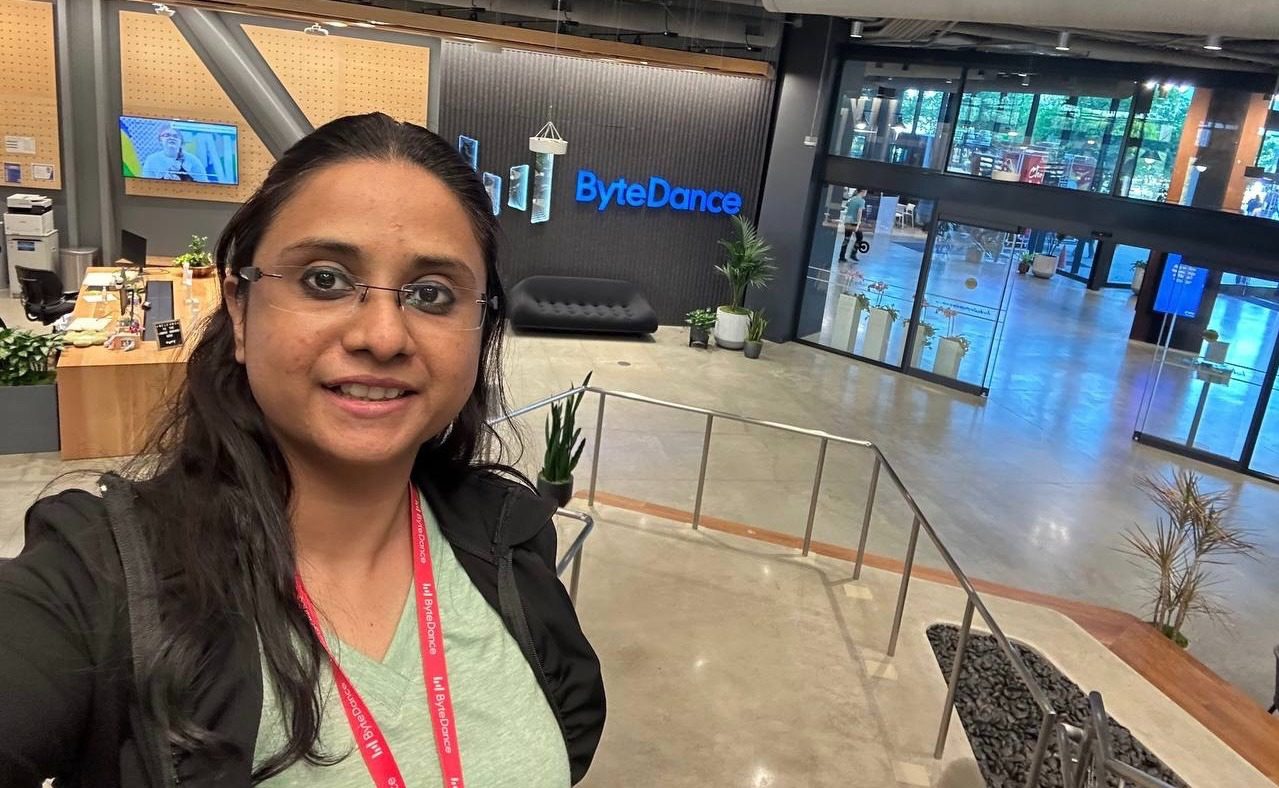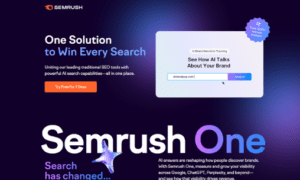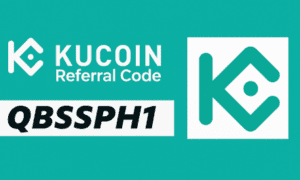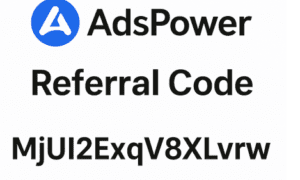An expert in regulatory technology and trust programs for global e-commerce marketplaces explains how compliance can shift from a burden to a driver of growth
A recent survey of 50,000 digital shoppers revealed that over 80% will cut ties with an e-commerce platform for good after just one major compliance or security slip. In a world where switching costs are nearly zero, that means trust, not price or speed, has become the deciding factor between winning a customer for life or losing them forever.
That unforgiving reality is already changing how global platforms, like Pfizer, Amazon, or TikTok, approach growth with the help of Shweta, a program manager who has built the systems that turn compliance into trust and revenue. She has delivered measurable impact: at Amazon, she introduced an AI-driven ad campaign tool that made setup nearly three-quarters faster and drove adoption up by more than a fifth. While at TikTok, her governance frameworks brought policy violations down by over a third, while third-party verification programs delivered close to a one-fifth lift in conversions.
Here we discuss with Shweta how smart compliance design doesn’t just prevent risks—it creates the conditions for sustainable growth.
Shweta, online retail used to compete on price and speed. Today it’s the unseen checks like safety, accuracy and accountability that tip the balance. Why has that transformation happened?
Because customers have learned the hard way that low prices and fast delivery mean nothing if the product itself isn’t safe or reliable. In the past, trust was assumed. You bought from a big platform and expected everything to be fine. Now buyers are more skeptical, especially in sensitive categories like health or electronics. They want proof that what they see online matches what they’ll get in reality. That shift is why platforms started making the badges, verified returns, clear safety standards visible. It’s not about extra rules; it’s about showing shoppers that their risks have been reduced before they even click ‘buy’.
At Pfizer, you drove programs that delivered $25 million in annual cost savings and avoided a $5 million recall by leading global analytics rollouts and high-stakes investigations. How did these experiences teach you to turn compliance from a slow process into a system that actually speeds things up?
Those initiatives showed me that compliance can create efficiency when it’s structured well. By standardizing QA workflows and using analytics to detect risks early, we closed deviations much faster and prevented costly recalls before they happened. The financial savings were significant, but the bigger lesson was that discipline and structure don’t slow an organization down—they eliminate rework and make every step faster. That principle has shaped the governance systems I’ve built since, where compliance supports both safety and speed.
At Amazon Ads, you safeguarded nearly $1 billion in seller free cash flow, reduced seller disputes, and cut ad product release cycles by over 60%, bringing them down to under three months. What specific changes did you implement that turned compliance safeguards into a competitive advantage for sellers?
We made compliance part of the product design rather than an afterthought. First, I worked with After-Sales to build escalation safeguards for high-intent sellers so they didn’t lose revenue to unnecessary disputes. Then we introduced AI-based enforcement to flag risky refund and delivery patterns before they spiraled, which cut disputes dramatically. Finally, we gave sellers visibility with a dashboard showing refund and resolution metrics, so they could self-correct quickly. Together, those changes protected seller cash flow, shortened release cycles, and turned safeguards into tools that actually helped sellers grow faster and with more confidence.
Ad tools often slow sellers down because of rules and restrictions. How did the AI-driven solution you launched at Amazon make setup nearly three-quarters faster, boost adoption, and turn those safeguards into an advantage?
We flipped the perspective. Instead of making sellers work through every rule, the AI pre-configured campaigns using proven patterns in each category. That meant setup was dramatically faster, adoption rose, and sellers didn’t feel like the rules were in the way. In fact, the safeguards became part of the support system, helping them launch with confidence instead of fear of mistakes.
At TikTok Shop, you launched 12+ regulated categories in 18 months, three times the industry pace, and cut erroneous takedowns by 30%. How did building governance frameworks from scratch in such a fast-growing platform differ from optimizing within Amazon’s more mature systems?
At Amazon, my role was to refine existing safeguards so sellers could move faster without compromising compliance. At TikTok, there was no playbook yet. I had to design governance frameworks for high-risk categories like medical devices and supplements from the ground up, defining safety standards, onboarding processes, and verification steps. That speed of expansion meant every decision had to balance growth with risk management. The result was faster category launches and fewer erroneous takedowns, but it required building structure in real time, not just optimizing what was already there.
Your TikTok governance frameworks reduced policy violations significantly and rolled out verification programs that made customers more willing to buy. What does that show about the link between rules, trust, and revenue?
What those initiatives showed me is that compliance can’t just be about rule enforcement. It has to be about creating clarity for both sellers and consumers. For sellers, the frameworks gave them a predictable path to launch products without fearing sudden takedowns. For consumers, verification programs sent a simple message: “this product has been checked.” That dual clarity built confidence on both sides of the transaction. And when confidence grows, so does the willingness to spend and to stay on the platform.
Expanding TikTok Shop into the U.S., Europe, and Asia required adapting to very different consumer expectations around trust. What differences did you see in these markets, and how did you tailor governance frameworks to succeed in each region?
Each region had its own priorities. In the U.S., speed and convenience were critical, so we designed safeguards that didn’t slow sellers down, like streamlined onboarding with clear documentation requirements. In Europe, data protection and regulatory alignment carried more weight, so our frameworks emphasized transparency and compliance with consumer rights. In Asia, authenticity was the top concern, especially in health and beauty, so we rolled out third-party verification and badging to build confidence. By tailoring governance to these expectations, we created trust signals that resonated locally while still keeping a consistent global standard.
Beyond category governance, you also created programs that directly shaped how customers perceived product safety and quality. Why was it important to move from internal compliance frameworks to visible signals that customers could see for themselves?
Internal frameworks keep the platform safe, but they’re invisible to the shopper. To build real confidence, customers need proof they can see, something that reassures them at the point of purchase. That’s why we developed programs like third-party badging and product verification. They turned compliance from a back-end process into a front-end trust signal, and that shift had an immediate impact on buyer confidence.
You also introduced the third-party lab-tested badging program for health and nutrition products there. It set a new standard that competitors soon adopted and gave customers a clearer reason to trust their purchases. What market gap did this program address, and why did it resonate so strongly with both buyers and sellers?
The gap was credibility. In categories like supplements or nutrition, customers are overwhelmed with claims that sound good but are hard to verify. Sellers who were genuine had no way to differentiate themselves from those cutting corners. By creating a voluntary program where products could be tested by accredited labs and earn a visible badge, we gave honest sellers a way to stand out and customers a reason to be loyal. It worked because it was simple: a badge they could understand instantly, backed by evidence they didn’t have to investigate themselves.
After years of designing systems where compliance and trust go hand in hand, how do you personally decide which platforms or products to choose when shopping online?
I look for transparency. If a platform explains how it verifies products, manages returns, or protects customer data, I feel confident using it. When those things are vague or hidden, it’s a red flag. Personally, I believe when I see that someone has thought carefully about safety and accountability, not just about making the sale.





























